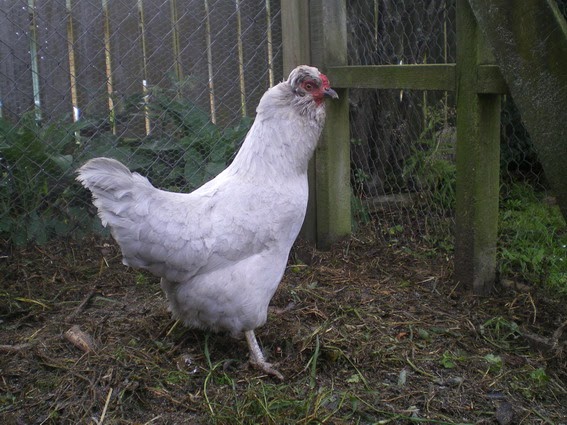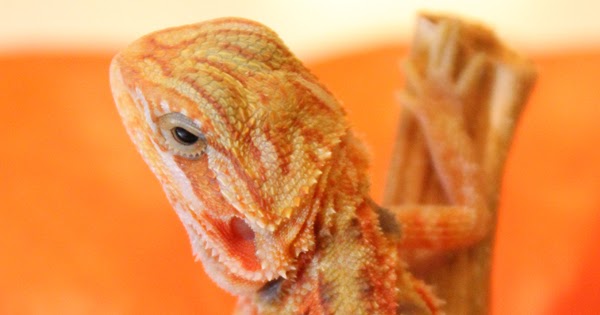10 Simple Steps to Incubate Bearded Dragon Eggs – A Beginner's Guide
Introduction
Bearded dragons are fascinating pets that are relatively easy to take care of. One of the most rewarding aspects of owning a bearded dragon is breeding and hatching their eggs. However, incubating bearded dragon eggs can be a bit of a challenge, especially for beginners. In this blog post, we will guide you through the simple steps to successfully incubate your bearded dragon eggs, ensuring healthy and happy hatchlings.
Step 1: Preparing the Incubator
The first step in incubating bearded dragon eggs is to prepare the incubator. You will need to use a special type of incubator called a ‘reptile egg incubator’ which can be found in most pet stores. Set up the incubator according to the manufacturer’s instructions and make sure that the temperature is set to 80-84°F (26-29°C) with a humidity level of 70%.
Step 2: Choosing the Right Eggs
When selecting eggs to incubate, it’s important to choose ones that are healthy and viable. Carefully examine each egg to make sure that it is free of cracks or deformities. The egg should also have a uniform shape and color. If an egg looks abnormal, it should be discarded. Only incubate eggs that are at least 40-50 days old and avoid any eggs that are more than 80 days old as they are likely to be infertile or non-viable.
Step 3: Marking the Eggs
Before placing the eggs in the incubator, it’s important to mark them. You can use a non-toxic marker to draw a small dot or line on each egg. This will help you keep track of which side of the egg was facing up and down, and also helps you know when the egg has been turned.

Step 4: Placing the Eggs in the Incubator
Once you have marked the eggs, gently place them in the incubator with the pointy end facing down. It’s important to avoid touching the eggs with your bare hands as the oils from your skin can harm the developing embryo. Wear disposable gloves or use a clean cloth to handle the eggs.
Step 5: Incubation Period
The incubation period for bearded dragon eggs is approximately 60-80 days. During this time, it’s important to maintain a constant temperature and humidity level in the incubator. Check the temperature and humidity levels regularly and adjust them as needed.
Step 6: Turning the Eggs
It’s important to turn the eggs at least once a day to ensure that the embryo does not stick to the inner membrane of the eggshell. To turn the eggs, gently roll them over without changing their orientation. You can use an egg turner or do this manually. Make sure to mark the eggs after each turn.

Step 7: Candling the Eggs
Around day 40-50, you can use a technique called ‘candling’ to check the development of the embryo inside the egg. This involves shining a bright light through the egg to reveal the embryo. Candling helps you identify any eggs that are not developing properly or are infertile. While candling, make sure to handle the eggs gently and not expose them to light and heat for an extended period of time.
Step 8: Preparing for Hatching
As the eggs near the end of their incubation period, you will notice that they start to dimple and the baby beardies inside the egg will start to move around. At this point, it’s important to stop turning the eggs and prepare for hatching. Make sure that the incubator is clean and that there is damp sphagnum moss inside to provide a moist environment for hatching.
Step 9: Welcoming Hatchlings
Once the bearded dragon eggs start to hatch, you need to be patient and avoid interfering with the process. It can take up to 24 hours for a hatchling to fully emerge from its egg. Do not remove any hatchlings from the incubator until they are fully hatched and have had time to dry off and absorb the remaining yolk sac.

Step 10: Caring for Hatchlings
Once your bearded dragon hatchlings have emerged, you need to provide them with a warm, clean and safe enclosure. You will need to feed them a diet of small live insects, such as crickets or mealworms, and ensure that they have access to clean water at all times. Proper care and nutrition are essential for the health and well-being of your baby beardies.
Conclusion
Incubating bearded dragon eggs can be a rewarding experience, but it requires proper care and attention to detail. By following the simple steps outlined in this blog post, you can successfully hatch healthy and happy bearded dragons. Remember to provide your hatchlings with the appropriate care and nutrition, and enjoy the experience of raising these fascinating reptilian creatures.
